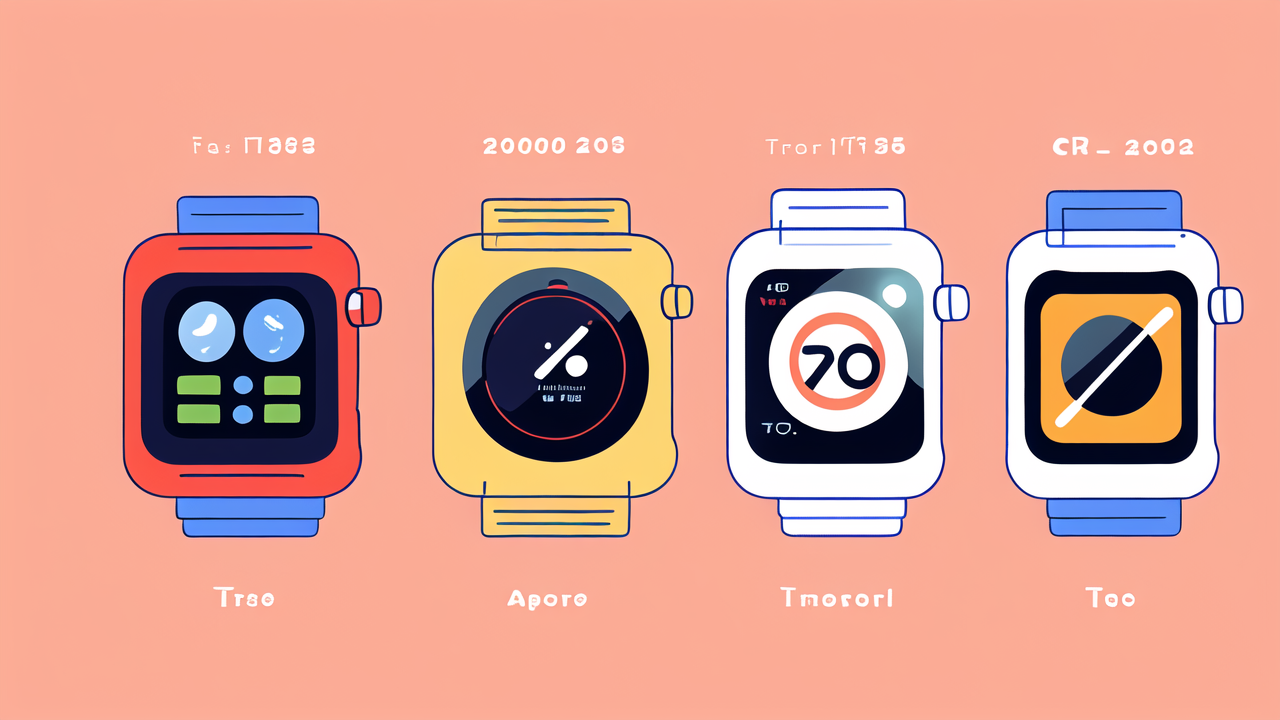A Brief History of Activity Tracking Devices
The Advent of the Pedometer in the 1980s
The journey of wearable tech began with the humble pedometer in the 1980s. These simple devices counted steps using a mechanical sensor. They were basic but effective, sparking interest in personal fitness tracking.

Early pedometers were bulky and often inaccurate. However, they laid the foundation for future activity trackers. They introduced the concept of quantifying daily movement, a key aspect of modern fitness culture.
As technology advanced, pedometers became more precise and user-friendly. By the late 1990s, they were common tools for fitness enthusiasts and health-conscious individuals.
The Rise of Fitness Tracking in the Digital Age
The digital revolution transformed fitness tracking in the early 2000s. Electronic pedometers emerged, offering improved accuracy and additional features. These devices could measure distance, calories burned, and even sleep patterns.
Fitness bands like Fitbit and Jawbone UP appeared in the late 2000s. They combined step counting with smartphone connectivity. This allowed users to track their progress over time and share achievements.
These devices made fitness tracking more accessible and engaging. They appealed to a wider audience, not just athletes or fitness buffs. The ability to set goals and compete with friends added a social aspect to personal health.
Pioneering Wearable Tech: From Niche to Mainstream
The true breakthrough came with the introduction of smartwatches. Apple Watch and Samsung Gear led the charge, offering comprehensive health tracking. These devices combined fitness features with smartphone functionalities.
Smartwatches brought activity tracking to the masses. They offered heart rate monitoring, GPS tracking, and even ECG capabilities. The line between fitness tracker and smart device began to blur.
Today, wearable tech is a booming industry. It has evolved from simple step counters to sophisticated health monitors. These devices now play a crucial role in preventive healthcare and fitness management.
Current State of the Wearable Tech Market in the United States
Market Leaders and Their Strategies
The U.S. wearable tech market is dominated by a few key players. Apple leads with its Apple Watch series, focusing on health features and seamless integration. Fitbit, now owned by Google, maintains a strong presence with its diverse product range.

Garmin targets the sports and outdoor enthusiast market. They offer rugged devices with advanced fitness tracking. Samsung competes with its Galaxy Watch line, emphasizing style and smartwatch features.
These companies continuously innovate to stay ahead. They invest in R&D to improve sensors, battery life, and user experience. Partnerships with healthcare providers and insurance companies are also becoming common.
Understanding Consumer Preferences and Behaviors
American consumers show growing interest in health and fitness tracking. Many use wearables to monitor daily activity, sleep, and heart health. The COVID-19 pandemic has further increased awareness of personal health monitoring.
Ease of use and battery life are top priorities for users. They also value accurate health data and insightful analytics. Integration with smartphones and other devices is crucial for seamless user experience.
Privacy concerns are significant, especially regarding health data. Consumers expect strong data protection and transparency from wearable tech companies. Customization options and stylish designs also influence purchasing decisions.
Regulatory Impact on the Wearable Tech Industry
The FDA plays a crucial role in regulating health-related features of wearables. Devices with medical functions must meet strict standards. This affects how companies develop and market their products.
Data privacy laws like HIPAA impact how health data is handled and shared. Companies must ensure compliance to protect user information. This can be challenging as wearables collect increasingly sensitive health data.
Regulatory changes can open new opportunities or create barriers. For example, recent FDA clearances have allowed some smartwatches to offer ECG features. This has sparked a race to develop more advanced health monitoring capabilities.
Future Trends in Activity Tracking Technology
Innovations on the Horizon for Activity Trackers
The future of activity trackers looks promising and diverse. We can expect more advanced sensors for detailed health monitoring. Non-invasive glucose monitoring and blood pressure tracking are on the horizon.

Wearables may soon offer real-time health alerts and predictive analytics. This could revolutionize preventive healthcare. Imagine a device that can predict a heart attack before it happens.
Integration with smart home systems is another exciting prospect. Your wearable might adjust your home environment based on your activity and health data. This could optimize comfort and energy efficiency.
The Role of AI and Machine Learning
AI and machine learning are set to transform wearable tech. These technologies can analyze vast amounts of health data to provide personalized insights. They can detect patterns and anomalies that humans might miss.
AI-powered virtual health assistants could become common in wearables. These could offer real-time health advice and coaching. They might even integrate with telemedicine services for remote consultations.
Machine learning algorithms could improve the accuracy of fitness tracking. They can adapt to individual movement patterns and habits. This would make activity tracking more precise and meaningful.
Ethical Considerations and User Privacy Concerns
As wearables collect more sensitive data, privacy concerns grow. Companies must balance innovation with robust data protection. Transparent policies and user control over data sharing are crucial.
The potential for misuse of health data is a significant ethical concern. Insurance companies or employers might use this data unfairly. Safeguards must be in place to prevent discrimination based on health data.
There's also the question of data ownership and access. Users should have the right to their own health data. But how this data is stored, shared, and used remains a complex issue.
The future of wearable tech is exciting but comes with responsibilities. Balancing innovation, user benefits, and ethical considerations will be key. As these devices become more integrated into our lives, their impact on society will grow.




Leave a comment
This site is protected by hCaptcha and the hCaptcha Privacy Policy and Terms of Service apply.